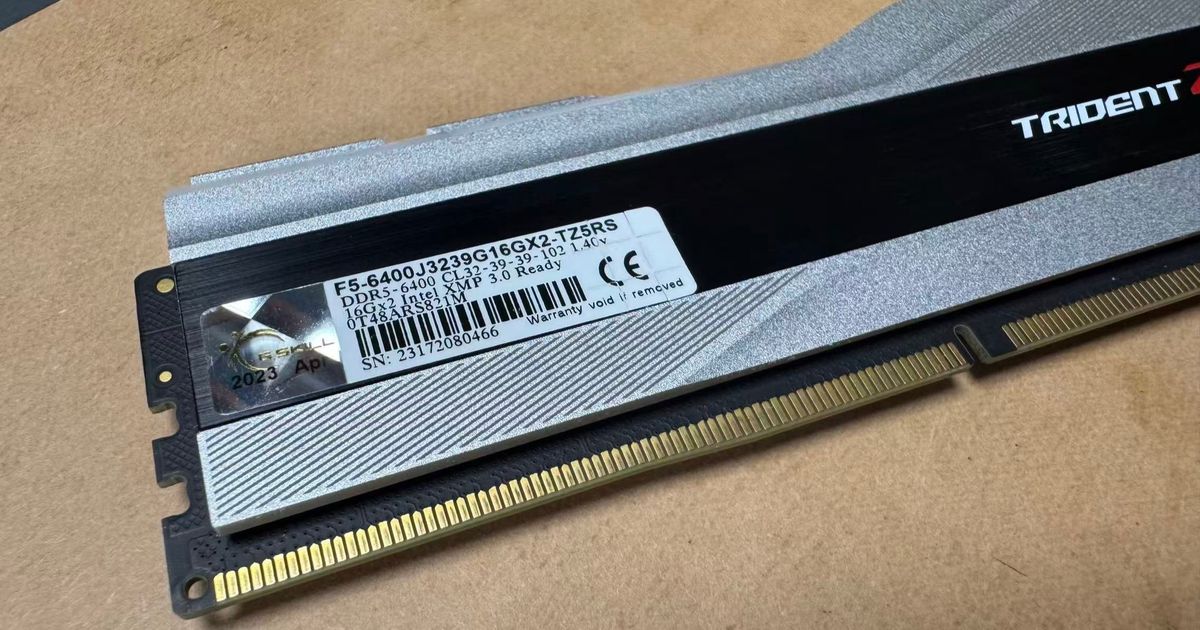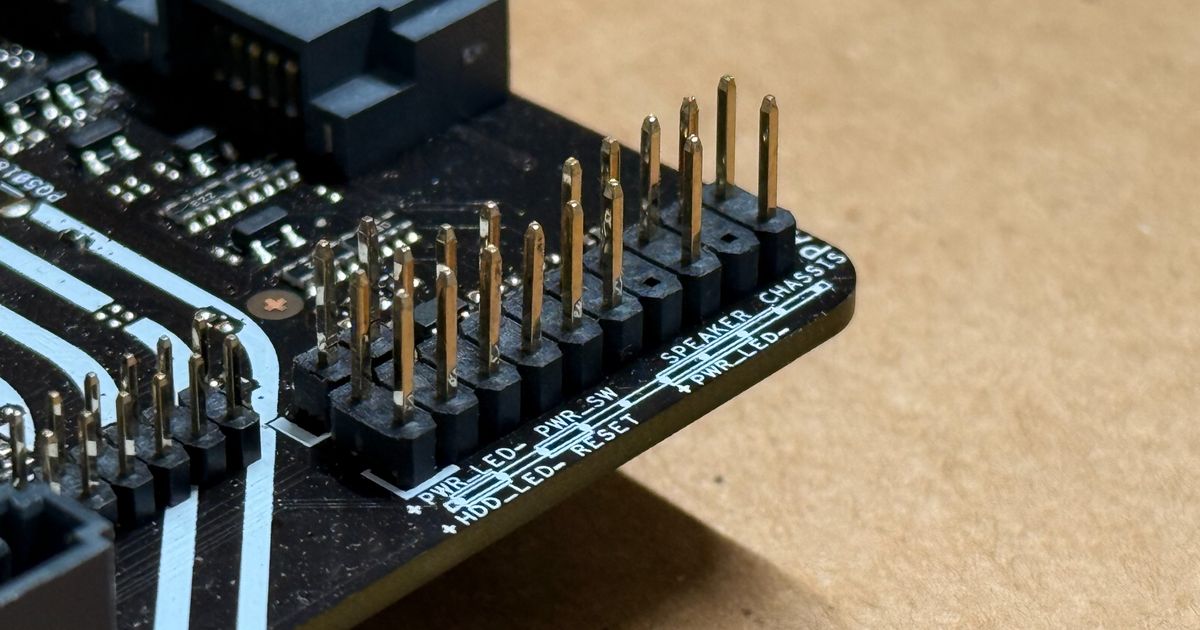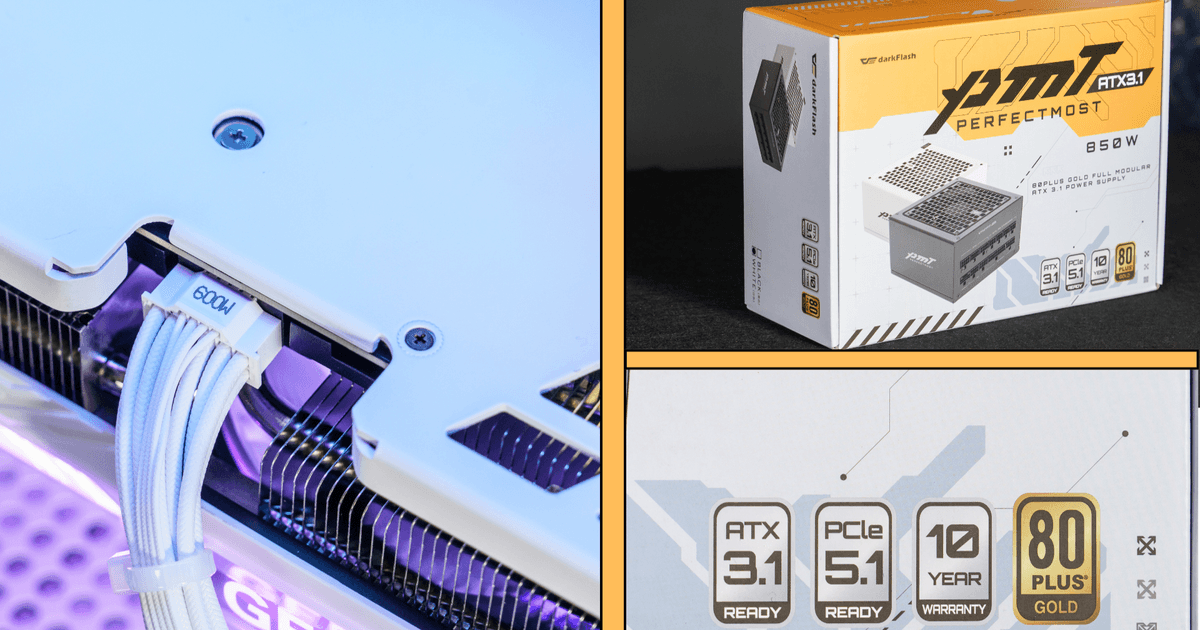
High-end M.2 SSDs, in particular, require additional cooling solutions to lower their temperatures and prevent performance drops. M.2 SSD heatsinks are specifically designed for SSDs that generate increasing amounts of heat, with the primary goal of dissipating the heat produced during operation.
The principle behind a heatsink is to use metal, either by extrusion or machining, to create dense fins that increase the surface area for air contact. After heat radiation occurs, the heatsink significantly lowers the temperature of the SSD by using passive cooling, relying on natural airflow to dissipate heat from the fins.

Why Do M.2 SSDs Need a Heatsink?
1.Prevent Overheating of M.2 SSDs
M.2 SSDs can easily exceed read/write speeds of 3000MB/s, generating a substantial amount of heat during high-speed operation. A heatsink or cooler helps the M.2 SSD efficiently dissipate this heat by evenly spreading it across the device.
2.Prevent Performance Throttling
When an M.2 SSD overheats, it automatically reduces its read and write speeds to protect the device from potential damage. This phenomenon, known as thermal throttling, can significantly impact performance. A heatsink or cooler ensures that the SSD remains at a lower temperature, reducing the risk of performance degradation.
3.Extend Lifespan
Sustained high temperatures can cause long-term damage to the components of an M.2 SSD, ultimately shortening its lifespan. A heatsink or cooler can effectively lower the temperature, ensuring stable performance even during prolonged high-load operations.
Who Should Consider Adding a Heatsink to Their M.2 SSD?
1.Heavy Gamers
During gaming, M.2 SSDs are required to read large amounts of data, which generates considerable heat during loading times. A heatsink or cooler can efficiently assist with cooling, ensuring fast game load times without performance issues.

2.Content Creators
Content creators often need to upload large video files. If the M.2 SSD overheats, performance will degrade, slowing read and write speeds and severely impacting productivity. A heatsink ensures that the SSD continues to run efficiently, without any slowdowns in reading and writing speeds.

For users who frequently transfer large amounts of data or need fast read speeds, an M.2 SSD heatsink is an essential component that improves overall system stability.
How to Install an M.2 SSD Heatsink




